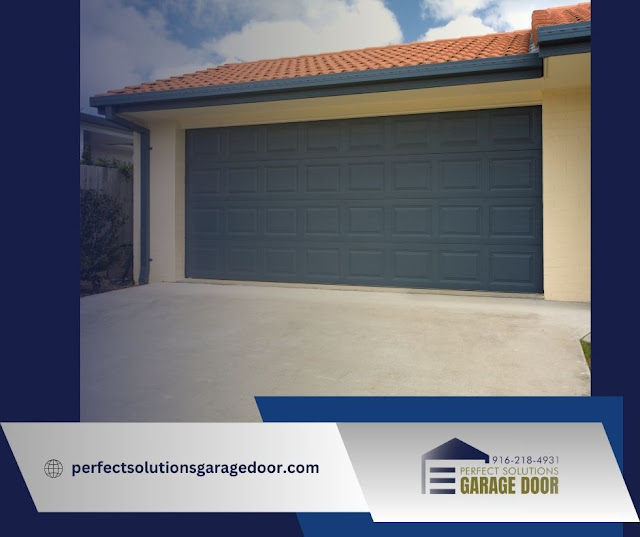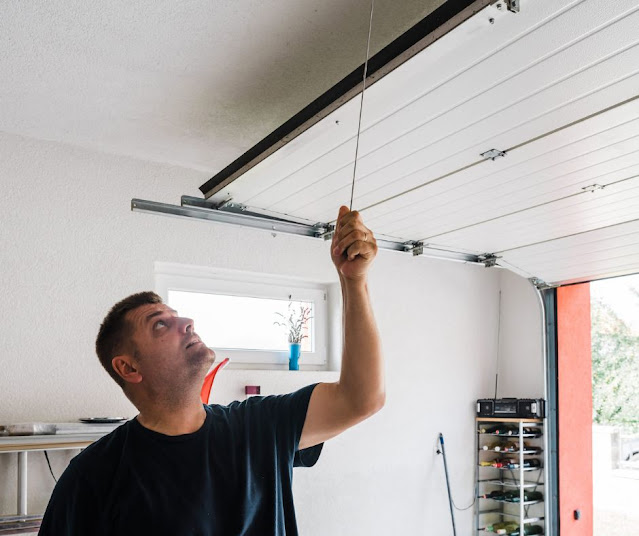Your Comprehensive Garage Door Spring Handbook: Understanding Types and Functions
At the heart of any well-functioning garage door system, springs take center stage, influencing both the performance and lifespan of your door.
Embarking on a journey through the intricate world of garage door springs, we encounter two primary standards: Extension springs and Torsion springs. These springs, each with its unique features, advantages, and applications, are crucial players in the mechanics of garage door systems. They bear the weight of the door during its operation, contributing significantly to its seamless functionality.
However, the decision between extension and torsion springs is no trivial matter; it holds the power to impact the efficiency, safety, and longevity of your garage door.
This guide aspires to equip you with a thorough understanding of these springs and their functions, empowering you to make an educated decision that aligns with your specific needs and preferences.
Embracing the Essence of Garage Door Springs
While it's easy for homeowners to underestimate their significance, garage door springs wield a critical influence on the functionality and safety of your garage door system.
These resilient components balance the door's weight, facilitating its smooth opening and closing.
Two main types of garage door springs exist: torsion and extension.
Torsion springs, situated above the garage door, leverage torque to lift it.
On the flip side, extension springs are positioned on either side of the door, expanding or contracting to provide lifting force.
Both spring types operate under significant tension, emphasizing the importance of proper maintenance for safety.
Understanding these elements is paramount to ensuring the safety, efficiency, and reliability of your garage system.
Extension Vs. Torsion Springs: A Deliberate Comparison
When examining the distinctive features of extension and torsion springs, factors like location, function, durability, and safety features come into play.
Extension springs, found along the horizontal track of the garage door, extend and contract for lifting power. More common in older homes due to their affordability, they often lack safety cables, posing a hazard when broken.
Conversely, torsion springs, mounted above the garage door, utilize torque for lifting. Their sturdy construction offers enhanced durability and better balance, minimizing the risk of accidents. However, they come at a higher cost and typically require professional installation.
Therefore, the choice between these two springs hinges on your budget, safety preferences, and the specific design of your garage.
.jpg)



Comentarios
Publicar un comentario